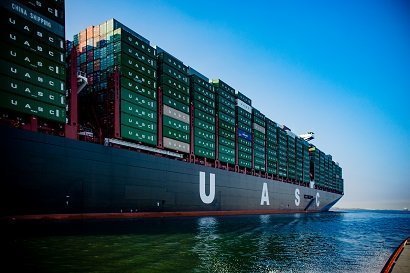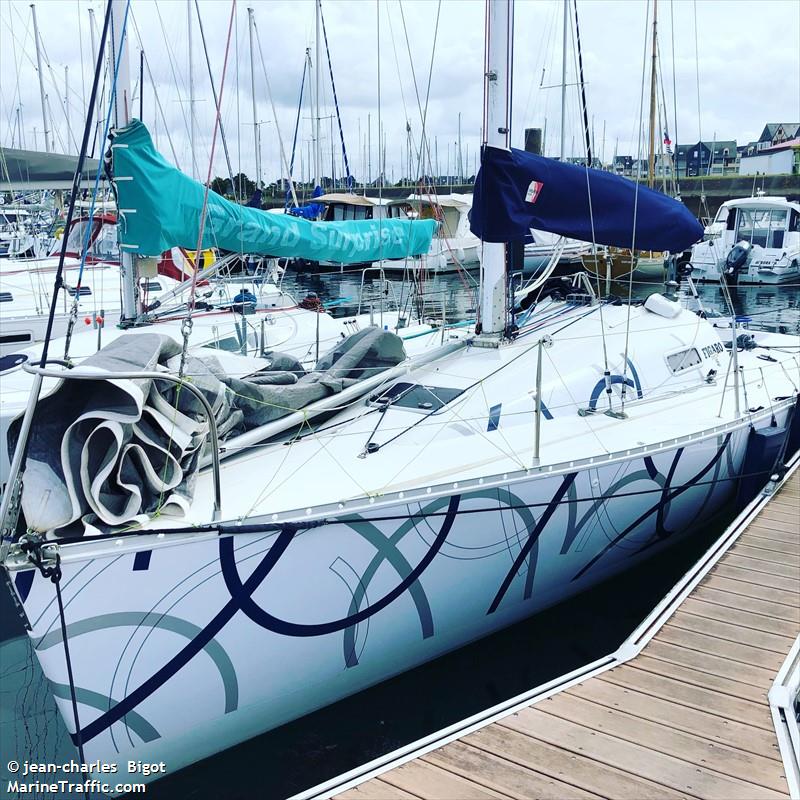AsiaContainersOperations
Giant UASC boxship aground off Port Klang

The 13,500 teu boxship Umm Salal, once the largest boxship in United Arab Shipping Company’s (UASC) fleet, has run aground off Port Klang in Malaysia.
The 2011-built giant ship operates on UASC’s AGX1 service linking China via Port Klang with the Middle East. Tugs are being deployed to shift the 366 m long vessel. There have yet to be any details of any environmental damage from the accident.
Cases of 10,000-plus teu ships grounding are becoming more common in container shipping’s supersized era.

 , once the largest boxship in United Arab Shipping Company’s (UASC) fleet, has run aground off Port Klang in Malaysia.
, once the largest boxship in United Arab Shipping Company’s (UASC) fleet, has run aground off Port Klang in Malaysia.
These big beasts are surprisingly delicate.
Don’t ask me how I know that, but consider for a moment quite “everyday” events. Find a drydock for one in Europe or the States, find the grade of steel that you need for damage repairs in that drydock, and so on.
I recall a quite trivial event some years ago; a ship that I was responsible for was pulling a liner whilst alongside at a major Northwest European container port. The liner stuck in the bore. Whilst we literally scoured the nation for shiprepairers with jacks that they could get to the ship, and booked every single one, the port in their infinite wisdom ordered the dead ship off the berth and out to sea to anchor as there was no layby berth that could take her. After a full and frank exchange of views between the undersigned and the general manager of the port, who was an old friend, she stayed alongside until the liner popped out and was replaced.
In my experience, ships run aground because the v/l’s draught is in excess of the amount of water available. Surely the Master, C/O et al on a v/l arriving at, or leaving a port know what the draught of a v/l is and thus whether it is safe to approach a port? The port authorities, must likewise know whether a v/l with a certain draught can safely proceed to the berth, or whether it must wait for the tide to rise?
The effect of v/l squat must also be known and taken into account.
Shippers will obviously try to get the largest v/l they can into a port, and Port Authorities must ensure that they ensure their port can actually take the claimed maximum draught.